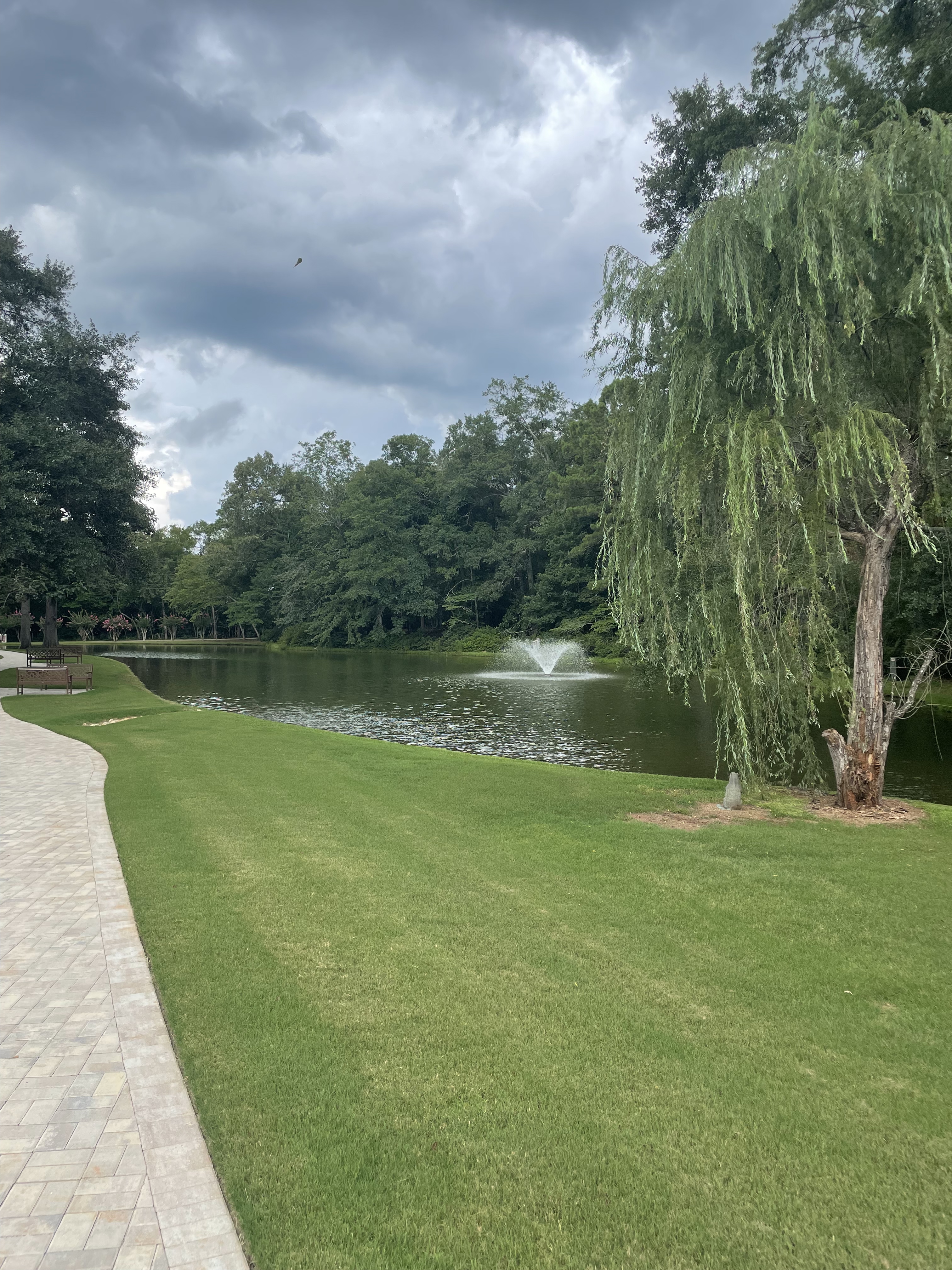Ranger memorial stones brought to the Drummer Boy Civil War Museum
Published 3:22 pm Monday, October 7, 2024

- Participants and witnesses of the ceremony honoring the placement of the Ranger Memorial Stones at the Drummer Boy Civil War Museum.
Four stones honoring Confederate Rangers were removed from the Ranger Memorial at Fort Moore. On October 4th, three of the stones were brought to Andersonville where they were displayed in the Drummer Boy Civil War Museum.
The chairman of the National Ranger Memorial Foundation, retired General Larry Burris, addressed those gathered. “I had the pleasure of serving our nation for over 29 years, and now I have the great privilege of serving as the chairman of the National Ranger Memorial Foundation. Up front, I’m grateful for and humbled by the opportunity to speak here today and to honor three of our fellow Rangers from the Civil War.”
Burris expressed his thanks for those who had helped make the event possible. “I want to thank the Mayor and City Council of Andersonville for supporting this effort, and allowing directors Max Mullen and Mike Kelso to address the Council. Miss Cynthia StormCaller from the Drummer Boy Musuem, Mr. Max Mullen, Miss Molly Stringham from our foundation who led our planning efforts, Molly’s even our narrator today, the team at the Andersonville National Historic Site, the caterer, the team from the City of Andersonville, and finally our reenactors representing both the Union and the Confederacy, our drummer boys in particular. Please join me in a round of applause for those who made today possible and perfect.”
He detailed the aim of the organization. “Established in 1992 to unite the various Ranger associations and units, the National Ranger Memorial Foundation’s mission is clear. Our mission is to honor and support Rangers past and present and their families through the establishment and preservation of the national Ranger Memorial. We aim to provide a tangible testament to the Ranger’s sacrifices and contributions. Our commitment extends beyond the monument itself. We strive to support our rangers and their families in tangible ways, from scholarships to various support initiatives.”
Burris stated their mission was to preserve the legacy of the Rangers. “In keeping with that mission, today, we are here to recognize three Rangers from our past. These three Ranger’s pavers were removed last year from the National Ranger memorial on Fort Moore, Georgia. Two of those Rangers are Rangers George and Jackson Bowman. The third is Colonel John Singleton Mosby.”
Reenactors clad as drummer boys were presented the stones by Board members, which were then brought into the museum. The ceremony included a musket salute and a recitation of the Ranger’s Creed by present Rangers.
Alan Taylor, with the fifth company Washington artillery, detailed the U.S. military 3-inch ordinance rifle that was brought for the ceremony. “It was the field artillery piece of the day. The most modern, the most technologically advanced. It came out in 1861 at the beginning of the war.”
Taylor stated that they were historians, and that those interested in learning more could visit Washingtonartilleryflorida.com.
Ranger Max Mullen, who was instrumental in placing the stones at The Drummer Boy Civil War Museum, told what it was like experiencing the ceremony. “Like General Burris said, it couldn’t have been a better place to have it than here at the Drummer Boy Museum, [because] it’s rich in history, this is a part of history, and it’s at home with history.”
Cynthia StormCaller, curator at the Drummer Boy Civil War Museum, reacted to the ceremony. “We’re proud to be of support for the National Ranger Memorial Foundation.”
StormCaller also commented on why the fourth stone wasn’t put at the Museum. “We did not want Quintrell here. He may be a part of history and I’ll tell his story, but I’m not gonna honor him.” She noted her slaughter over 180 civilians. “He deserves to have his story told, but he does not deserve to be honored.”
Bob Hetrick talked about accepting one of the stones as a drummer boy and placing it in the museum, speaking of the significance of the ceremony. “We’re here to honor and support everybody. Not just one side or the other, and that’s what I think a lot of people forget.”





